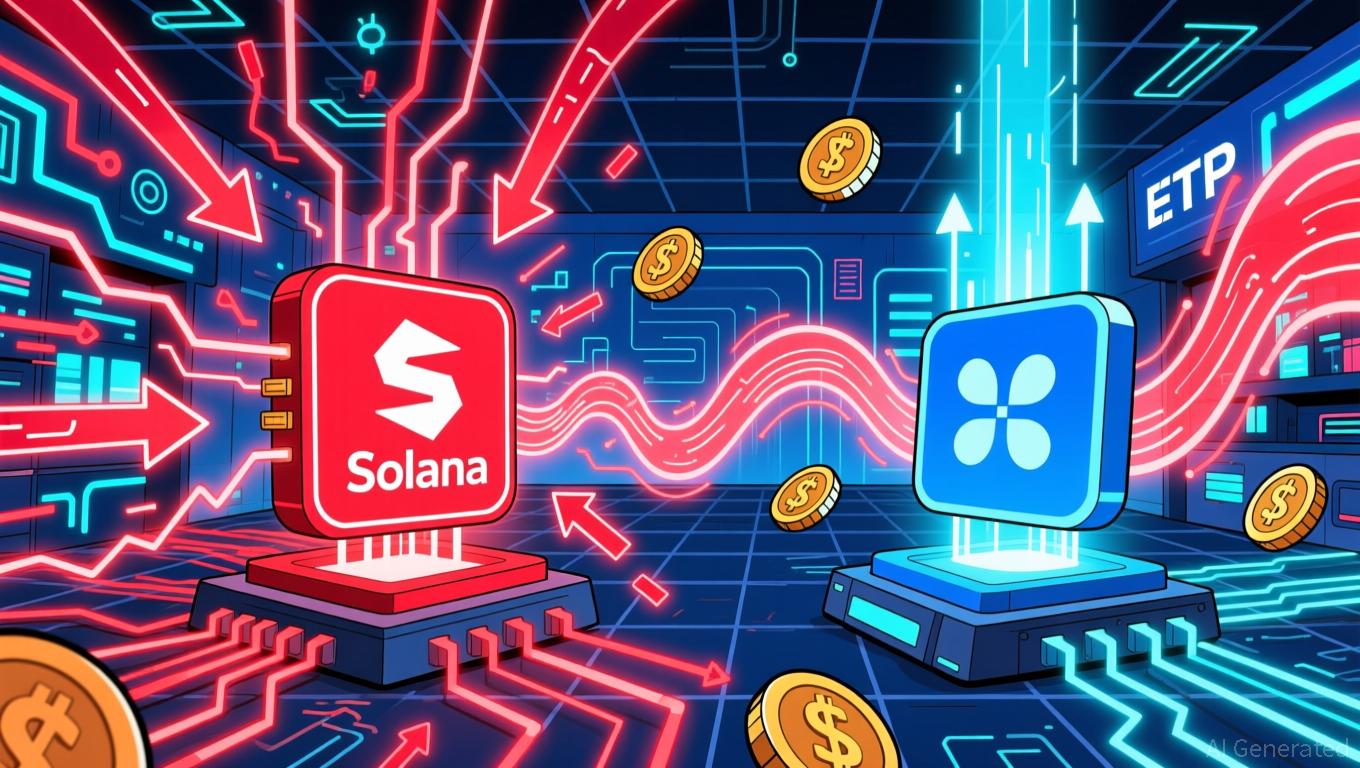Bitcoin Dominance Defies Pattern During 30% Decline, Dropping Instead of Climbing
Bitcoin BTC$92,314.84 has now tumbled 30% or more three times in the current cycle. The latest stands out in terms of how BTC's dominance behaved during the correction — falling rather than rising, as usually happens.
BTC dropped to nearly $80,000 late last week, a 36% decline from October's all-time high above $126,000. The downturn was part of a wider deleveraging across the crypto market characterized by relative resilience in alternative cryptocurrencies (altcoins).
Bitcoin dominance, which measures bitcoin’s market capitalization relative to the total crypto market, typically ticks higher during broad crypto sell-offs because riskier tokens tend to fall faster than bitcoin.
That's exactly what happened in October, but since the start of November dominance dropped. Even during the recent rally to $90,000, dominance fell from 61% to as low as 58.5%. While it's recovered to just over 59%, in most risk-off environments dominance climbs more decisively than this.
The contrast becomes clearer when looking at the two prior corrections. Between February and May, during the "tariff tantrum" sell-off, bitcoin dominance rose to 65% from 58%. And during August 2024's yen carry-trade unwind it climbed from 56% to 60% through November.
While the latest bitcoin price pullback was similar in percentage terms, its dominance rose less strongly, suggesting bitcoin was hit harder than the broader crypto market.
This time round, the price fell a lot faster, too, covering 47 days from peak to trough. That compares with 77 days during the tariff tantrum and 146 days in 2024, which added to the max fear sentiment.
Taken together, the speed of the drawdown and the drop in bitcoin dominance show that this correction broke from the pattern of the previous two in this cycle. With bitcoin now at the end of a typical four-year cycle, the question is whether falling dominance signals further weakness.
Disclaimer: The content of this article solely reflects the author's opinion and does not represent the platform in any capacity. This article is not intended to serve as a reference for making investment decisions.
You may also like
Ethereum News Update: Amundi’s Integrated Approach Connects Blockchain with Conventional Financial Regulations
- Amundi, Europe's largest asset manager, launched its first Ethereum-based tokenized money-market fund, enabling 24/7 settlements and transparent record-keeping via blockchain. - The hybrid model, developed with CACEIS, combines traditional fund operations with blockchain-based ownership, preserving regulatory compliance while expanding investor access. - Ethereum's dominance in stablecoin and RWA transfers ($105.94B in 30 days) underscores its role in accelerating tokenization, with Amundi positioning it

XRP News Today: XRP ETFs Drive Price Increases, While Solana ETFs Ease Selling Pressure
- XRP ETFs raised $587M in inflows since late November, outpacing Solana's $568M as investors favor altcoins with regulatory clarity and utility. - Bitwise XRP ETF's $107M debut and zero-fee strategy drove momentum, while Solana ETFs faced $156M weekly outflows due to network reliability concerns. - XRP's inflows acted as a "battering ram" pushing prices above $2.27, contrasting Solana's ETFs which merely dampened sell pressure without reversing its decline. - Analysts predict XRP could reach $3 by Decembe

The Federal Reserve's Change in Policy and Its Impact on Alternative Cryptocurrencies Such as Solana
- Fed's 2025 policy shifts, including rate cuts and stablecoin regulations, are reshaping altcoin markets by altering liquidity and risk appetite. - Solana's Alpenglow upgrade (150ms finality, 1M TPS) addresses scalability issues, aligning with Fed's AI-driven infrastructure focus despite network reliability concerns. - Institutional inflows into Solana ETFs ($100M AUM) contrast with retail caution (78% HODLers in red), highlighting divergent risk perceptions amid 30% price corrections. - Divergent ETF flo

Avail's Intent-Driven Nexus Addresses the Issue of Fragmented Liquidity Across Chains
- Avail launches Nexus Mainnet, a cross-chain solution unifying liquidity across Ethereum , Solana , and EVM networks. - The intent-solver model enables seamless asset transfers without technical complexities, streamlining user experiences. - Developers gain modular tools for multichain integration, reducing costs as cross-chain liquidity demand grows. - Nexus abstracts execution layers, offering unified balances and execution while addressing fragmentation challenges. - With $50B+ in cross-chain activity

